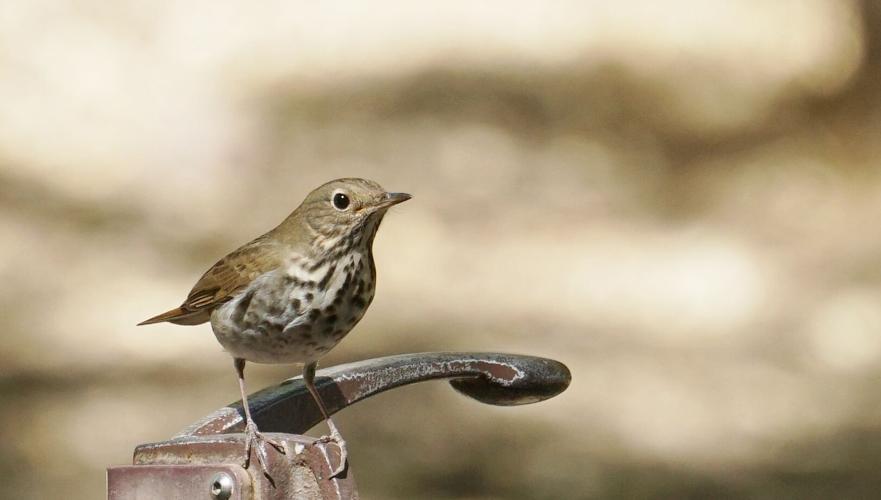This year will mark the 121st consecutive year that the annual ‘Christmas’ Bird Count takes place. As you might imagine, the count has changed a lot in 121 years. Although the first count happened on Christmas Day in 1900, and it’s still called the Christmas Bird Count (CBC), it now takes place over a 23-day period from Monday, December 14 through Tuesday, January 5. The first count was organized by Frank Chapman, an ornithologist at the American Museum of Natural History. Twenty-seven people volunteered to count birds in 25 locations from California to Ontario, and they documented a total of 90 species.
By contrast, last year’s 120th CBC involved 81,601 observers in 2,646 ‘count circles’ across the United States, Canada, Mexico, Central America, South America, the Caribbean, the Northern Mariana Islands and Guam. These volunteer ‘community scientists’ tallied more than 42 million birds and 2,566 species, about a fourth of the world’s total species. Disturbingly, that total of 42,704,077 birds was a decline of 6 million birds from the 2018 to 2019 count, and even more shocking is that this number is down substantially from the 65 million birds recorded in the 2011 count, the last time I wrote about this annual event.
Even so, this year’s results, which are published annually by the National Audubon Society, will add a wealth of data to the pool drawn upon by researchers, scientists and decision makers. The data have proven invaluable in monitoring the health of bird populations and have led to habitat preservation and other conservation measures.
Frank Chapman undoubtedly would be impressed with the evolution of his idea, but he was motivated by circumstances that no longer exist in the U.S. As the 19th century drew to a close, birds were unprotected and, in some cases, threatened with extinction. Birds were killed for their feathers, for their meat and often just for sport. Incredible as it seems today, there was an annual event at the time designed to kill large numbers of birds for the ‘fun’ of it. Called ‘the Side Hunt’, this was a competition where participants chose sides to see which team could shoot and kill the most birds. Appalled by this, Chapman decided to provide an alternative, where participants would identify and count birds rather than kill them, and this first Christmas Bird Count took hold and eventually replaced the Side Hunt. Five years after the first CBC, Chapman was also instrumental in founding the National Audubon Society, which adopted and expanded the Christmas Bird Count.
You don’t have to belong to Audubon to participate, nor do you need to be an ornithologist or researcher. You don’t even have to be an expert birder, since each counting team is led by a qualified and experienced ‘compiler.’ The compiler, or team leader, establishes the count date within the 23-day window, organizes the team into smaller groups to cover the 15-mile diameter counting circle, and compiles and submits the results. Volunteers are enthusiastically welcomed.
This year, there were 40 counts scheduled for Arizona, in a variety of habitats including the Tucson Valley (which includes most of the Tucson area), Buenos Aires NWR, Avra Valley, Nogales, Santa Catalina Mountains, St. David, Patagonia, Ramsey Canyon, Gila River and Madera Canyon. Many of the leaders are well-known Arizona birders with years of experience in their designated count circles. By the time you read this, most of the counts for this year will have been completed, but it’s not too early to plan for 2021 to 2022. Information about this year’s counts is still available on Tucson Audubon’s web site, and help is appreciated and needed on many of these counts. Post a note to yourself on next year’s calendar to review the listing in early December. This is a great way to spend a fun day, meet others with similar interests, learn a lot about birds and make a positive contribution to the knowledge and conservation of birds everywhere. With any luck, COVID-19 will be a faded memory by then.
If you have questions or comments about SaddleBrooke’s birds, or to receive emailed information about bird walks led by Bob and Prudy, call (520) 825-9895 or email bobandpru@gmail.com. Previously published articles can be found at www.birdingthebrookeandbeyond.com.









